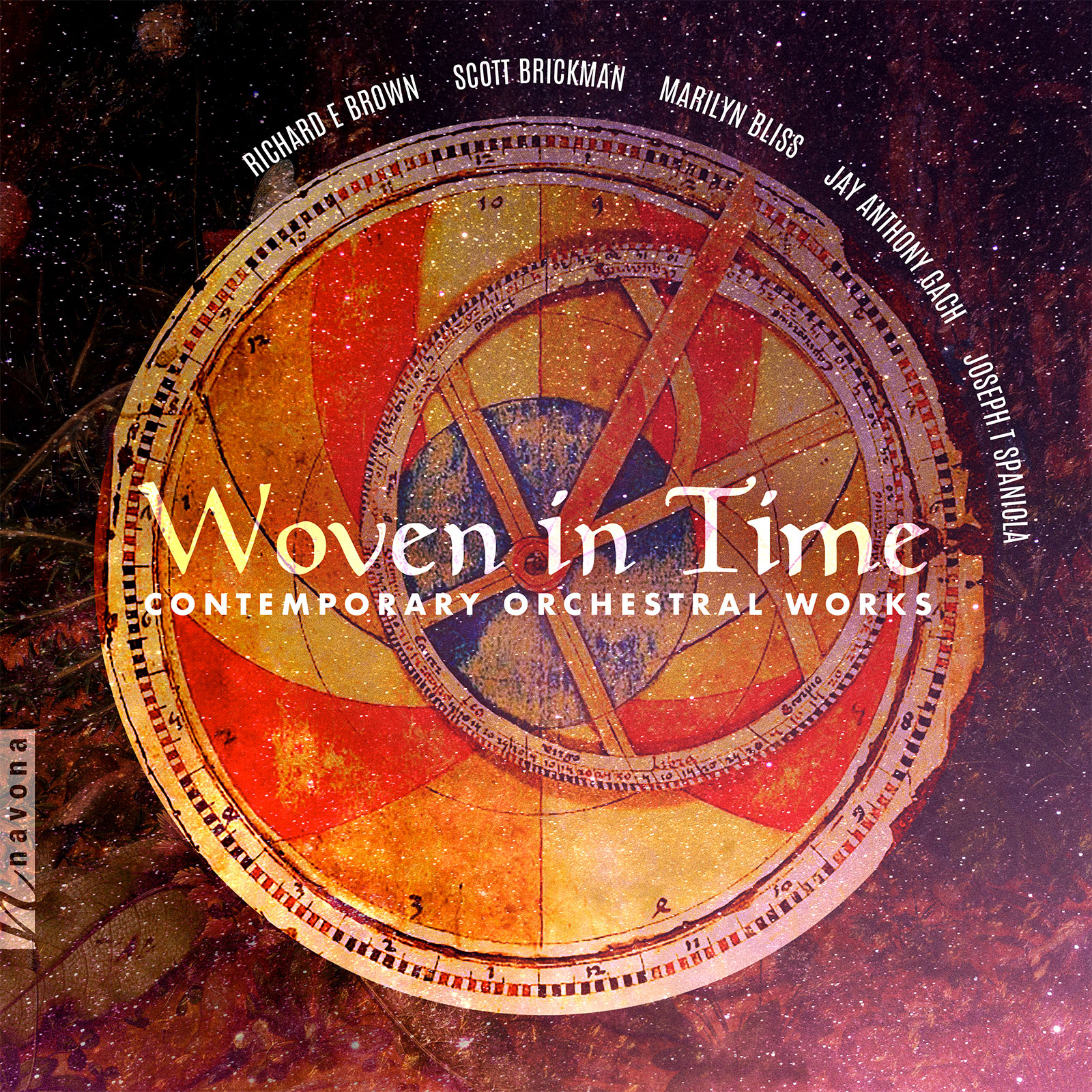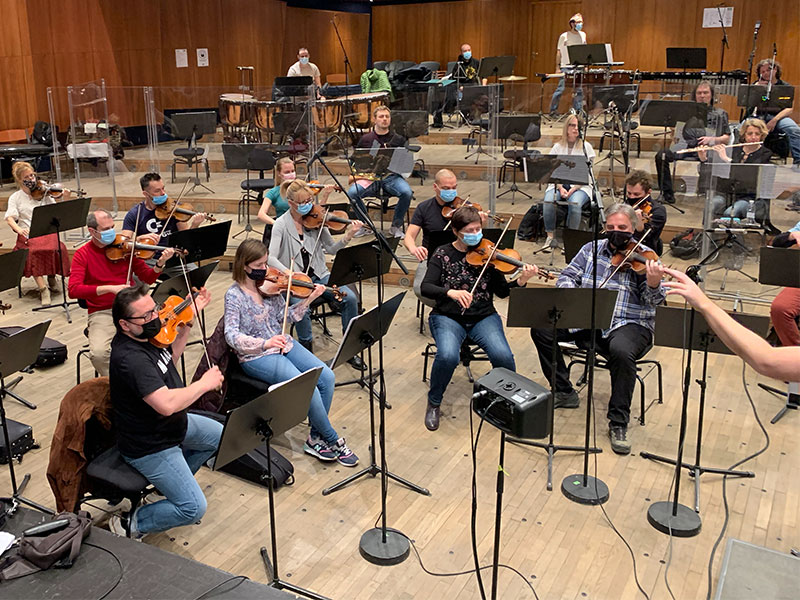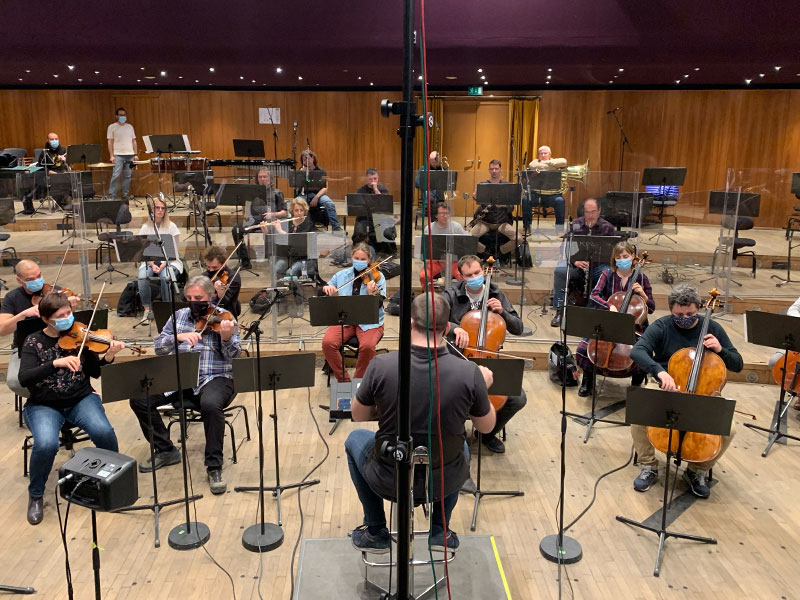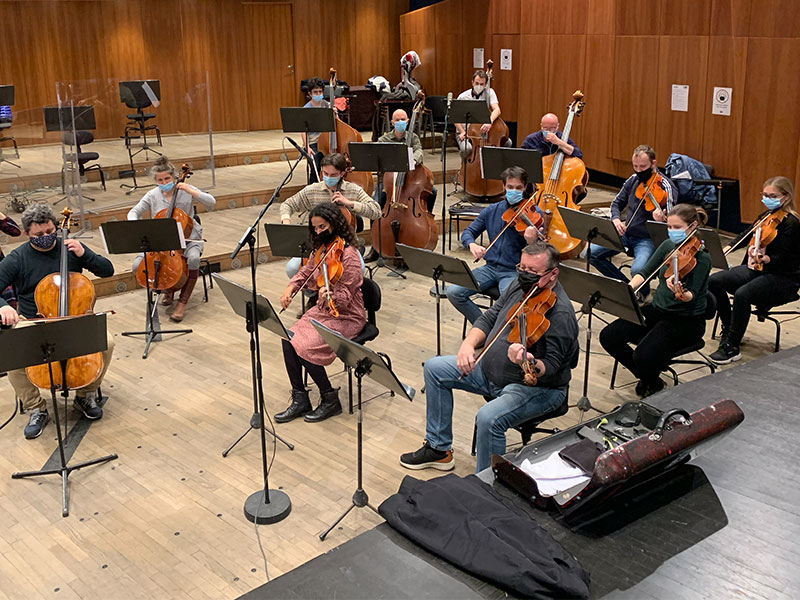Woven in Time
Richard E Brown composer
Scott Brickman composer
Marilyn Bliss composer
Jay Anthony Gach composer
Joseph T. Spaniola composer
An eclectic collection of cultural themes, WOVEN IN TIME is grounded in connections made through distant timestamps. Each piece weaves culture and ideas of the past with a modern approach to composition, revitalizing and repurposing the popular culture and literature of yesterday into contemporary music for our enjoyment today.
Listen
Stream/Buy
Choose your platform
Performance Video
Richard E Brown – Concerto for Clarinet and Chamber Orchestra
Track Listing & Credits
| # | Title | Composer | Performer | |
|---|---|---|---|---|
| 01 | Concerto for Clarinet and Chamber Orchestra: I. Sostenuto; Poco allegro; Tempo I | Richard E Brown | Janáček Philharmonic Ostrava | Stanislav Vavřínek, conductor; Karel Dohnal, clarinet | 10:39 |
| 02 | Concerto for Clarinet and Chamber Orchestra: II. Adagio; cadenza | Richard E Brown | Janáček Philharmonic Ostrava | Stanislav Vavřínek, conductor; Karel Dohnal, clarinet | 8:13 |
| 03 | Concerto for Clarinet and Chamber Orchestra: III. Allegro; Più allegro | Richard E Brown | Janáček Philharmonic Ostrava | Stanislav Vavřínek, conductor; Karel Dohnal, clarinet | 7:31 |
| 04 | Symphony No. 5: I. Allegro con Spirito | Scott Brickman | Zagreb Philharmonic Orchestra | Ivan Josip Skender, conductor | 8:45 |
| 05 | Veils | Marilyn Bliss | Janáček Philharmonic Ostrava | Jiří Petrdlík, conductor | 12:13 |
| 06 | Gangsta’ Noir | Jay Anthony Gach | Zagreb Philharmonic Orchestra | Ivan Josip Skender, conductor | 6:31 |
| 07 | Thomas Jefferson: Life Lines: I. Journal of Life | Joseph T. Spaniola | Brno Philharmonic | Pavel Šnajdr, conductor; Markéta Cukrová, Jakub Kubín, Pavel Valenta, Kornél Mikecz - voice | 8:59 |
| 08 | Thomas Jefferson: Life Lines: II. Adieu | Joseph T. Spaniola | Brno Philharmonic | Pavel Šnajdr, conductor; Markéta Cukrová, Jakub Kubín, Pavel Valenta, Kornél Mikecz - voice | 5:30 |
| 09 | Thomas Jefferson: Life Lines: III. Monticello | Joseph T. Spaniola | Brno Philharmonic | Pavel Šnajdr, conductor; Markéta Cukrová, Jakub Kubín, Pavel Valenta, Kornél Mikecz - voice | 4:45 |
CONCERTO FOR CLARINET & CHAMBER ORCHESTRA
Recorded December 9-10, 2020 at Dům Kultury města Ostravy (The Ostrava House of Culture), Ostrava, Czech Republic
Session Producer Jan Košulič
Session Engineer Jana Jelínková
Assistant Engineer Mikhail Pavlov
Editing & Mixing Brad Michel
SYMPHONY NO. 5
Recorded March 3-4, 2021 at Vatroslav Lisinski Concert Hall Theatre, Zagreb, Croatia
Session Producer Krešimir Seletković
Session Engineer Filip Vidovic
Editing & Mixing Lucas Paquette
VEILS
Recorded February 2, 2021 at Dům Kultury města Ostravy (The Ostrava House of Culture), Ostrava, Czech Republic
Session Producer Jan Košulič
Session Engineer Aleš Dvořák
Editing & Mixing Lucas Paquette
GANGSTA’ NOIR
Recorded March 2, 2021 at Vatroslav Lisinski Concert Hall Theatre, Zagreb, Croatia
Session Producer Krešimir Seletković
Session Engineer Filip Vidovic
Editing & Mixing Lucas Paquette, Jan Košulič
THOMAS JEFFERSON: LIFE LINES
Recorded March 7, 2021 at Besední dům, Brno, Czech Republic
Session Producer Jaroslav Zouhar
Session Engineer Jan Košulič
Editing & Mixing Lucas Paquette
Mastering Shaun Michaud
Executive Producer Bob Lord
General Manager of Audio & Sessions Jan Košulič
Recording Sessions Director Levi Brown
Audio Director Lucas Paquette
Production Assistant Martina Watzková
Executive A&R Sam Renshaw
A&R Director Brandon MacNeil
A&R Danielle Lewis
VP, Design & Marketing Brett Picknell
Art Director Ryan Harrison
Design Edward A. Fleming
Publicity Patrick Niland, Sara Warner
Artist Information
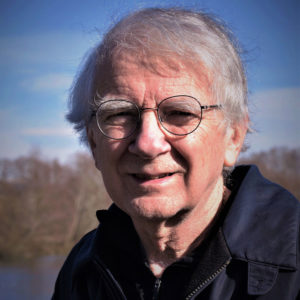
Richard E Brown
Richard E Brown, a native of New York State and has been active as a composer-arranger and music educator for many years. His training includes M.M. and D.M. degrees in composition from Florida State University, as well as a B.A. in music education from Central College, which named him a Distinguished Alumnus in 1983. His principal composition studies were with Carlisle Floyd, John Boda, and Charles Carter. He is a member of ASCAP and is represented in the catalogs of several trade publishers, as well as his personal imprint Dacker Music.

Scott Brickman
Scott Brickman (b. 1963, Oak Park IL) is passionate about sports, his Baltic and Slavic ancestry, and culture. He loves traveling through Central, Eastern, Northern Europe, and Canada, which is a mere kilometer from where he currently lives. Currently he is Professor of Music and Education at the University of Maine at Fort Kent where he has taught since 1997. Though scholarship has not been the focus of his activities, he recently presented papers on set theory, jazz history, and music education in Strasbourg, France, Lviv, Ukraine, and Liepaja, Latvia respectively. His orchestral music has been performed and recorded by ensembles in Croatia, Czechia, Moldova, Poland, and Ukraine.
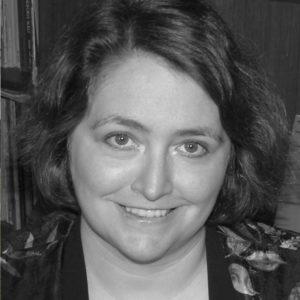
Marilyn Bliss
Inspired by the beauty of nature, world culture, art, and literature, the music of Marilyn Bliss brings a breath of fresh air into any concert program. Her inspirations range from the paintings of Morris Louis and Piero di Cosimo, to Hindu, Native American, Greek, Chinese, Afghan, Celtic, French, German, and British literature and myths, to natural phenomena such as the aurora borealis and the flights of birds. Born in Iowa, Bliss received her B.M. degree in composition, flute, and voice at Coe College in Cedar Rapids, and did her graduate studies at the University of Pennsylvania and the City University of New York. Her composition teachers included such distinguished composers as George Crumb, George Rochberg, Jacob Druckman, Jerry Owen, and Harvey Sollberger.
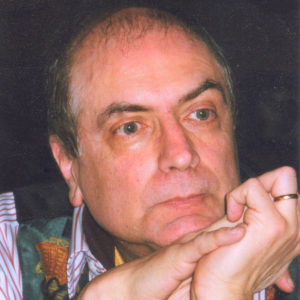
Jay Anthony Gach
Jay Anthony Gach's original concert music has been critically acclaimed as: “music [that] dances with charisma,” (Parterre Box), "a natural crowd pleaser," (NY Newsday), "vibrant textural transformations," (NY Times), "multi-layered, whirling and propulsive," (Minneapolis Star), "witty, virtuosic and accessible," (Clarinet & Saxophone Magazine, UK), "so exuberant [and] so full of character," (SPNM New Notes, UK). Summarized by the composer Lukas Foss during his tenureship as conductor of the Brooklyn Philharmonic, "[Gach’s] writing for orchestra is brilliant beyond words." The composer Hugo Weisgall wrote of him, "a composer...of extraordinary technical command and intellectual grasp of what music is all about."

Joseph T. Spaniola
Joseph T. Spaniola is a composer on a passionate quest to engage the hearts and minds of audiences and performers through the communicative powers of music. Spaniola is active as a composer, arranger, educator, conductor, lecturer, producer, clinician, and adjudicator. He has composed works for band, orchestra, chamber ensembles, solo instruments, voice, choir, and electronic tape. His works have received honors from National Band Association, The American Prize, Global Music Awards, Florida State Music Teachers Association, Dallas Wind Symphony, and others.
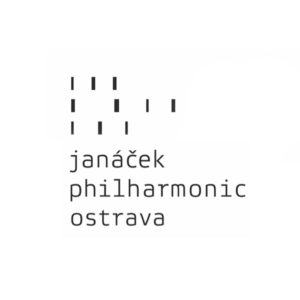
Janáček Philharmonic Ostrava
The Janáček Philharmonic is a world-class symphony orchestra based in Ostrava, Czech Republic and an emerging figure on the international performance scene. With over 100 top-level musicians, the orchestra aims to introduce unique, quality repertoire while showcasing their own recognizable sound.
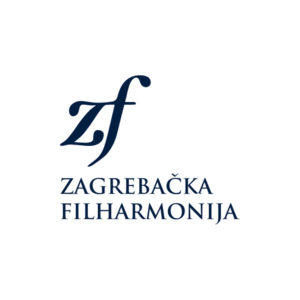
Zagreb Philharmonic Orchestra
The Zagreb Philharmonic Orchestra boasts 150 years of tradition of first-class musicianship in Zagreb and across Croatia. It acts as a promoter of the art of music in Croatia and a cultural ambassador of Croatia in the world. It is a symbol of the city in which it operates and a musical institution that captures the urban image of Zagreb as a central European musical, art and cultural centre.
